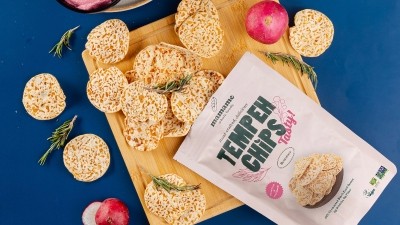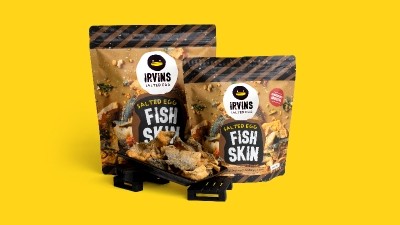Forever young? PepsiCo China on how localisation and indulgence appeals to younger snack consumers

It is well-known that China is a unique market in the Asia Pacific region that requires specific localisation efforts to appeal to consumers here, largely due to the huge size and diversity of the population.
But not all localisation is made equal, as beverage and snacking giant PepsiCo discovered in the Chinese market where it needed to rely on very different types of localisation strategies for its various products.
“One of our major brand Quaker has been around for over 100 years and has a very mature supply chain, but in China consumers are simply not familiar with oats as a daily diet staple,” PepsiCo Greater China Foods CMO Nina Mu told the floor at the recent Food and Beverage Innovation Forum (FBIF) 2024 event in Shanghai, China.
“In fact we found that sales in China are actually just 10% of Quaker sales in Hong Kong despite the population sizes – and this is simply because Chinese consumers have so many other breakfast options available here.
“At the same time, with the demand for health and wellness foods on the rise, we needed to find a way to make oats more acceptable to local consumers and realised we had to tackle it from first a mouthfeel angle, i.e. making the oats softer in comparison to regular oats to meet the local palate.
“In addition, we learnt that it is necessary to refer to oat products as ‘porridge’ in China, so oat porridge for example, as Chinese consumers are all very familiar with porridge albeit usually with rice as the main ingredient – but simply changing the naming according to local habits seemed to make oat porridge a good contender in many categories.
“To ensure we captured as many possible occasions as possible, we launched both sweet versions for an afternoon snack as well as savoury for breakfast or lunch – all of which are common porridge consumption occasions.”
Mu also revealed how the firm’s snacking brand Lay’s found a new form of localisation by adapting the base ingredient used to make its chips.
“In China, potatoes are well-known but there are many other types of main ingredients used to make main courses or snack foods which all of us are very familiar with and younger consumers also grew up eating, such as sweet potatoes and yam and so on,” she said.
“So what we decided to do was use substrates that are more familiar to consumers and just revamp these with new flavours to innovate and give them a new snacking experience, just with a base they are familiar with.”
Lay’s has also capitalised on the strong sense of patriotism and national pride in the country particularly with a culture and tradition focus by including these elements onto the packaging of various products.
“We also launched a hyperlocal range with specific packs for areas such as Shandong, Guangxi, Fuzhou and so on, working with local state governments,” she said.
“Consumers were very supportive and this was also due to the strong pride they felt for the local flavours made using local specialties, as well as the local landmarks and so on found on the packaging for each area.”
Local culture
In addition to tradition and local food customs, one other local concept familiar to just about every worker in China is the concept of stress and the need for stress relief and indulgence – often found through snacking.
“Functional needs are undoubtedly important, but at the end of the day the role of snacks is still most important in terms of providing consumers with enjoyment and indulgence,” Mu added.
“We recognised this and responded with the development of Lay’s Big Waves, a format that provides consumers with an even bigger crunch than usual as this crunch plays a big role in terms of stress relief.
“This range was also developed with extremely intense flavours such as Stinky Tofu and other spicy variants, and this sort of innovation with all sorts of intensity and spice has really struck a chord with younger consumers wanting that intensity as it helps them with the stress relief.”



















